Fujikura Motore X F3 Shaft
Many years ago, before anyone even dreamed of the names Ventus and VeloCore, the name “Motore” was synonymous with high-end exotic golf shafts. Fujikura Golf really elevated themselves in the aftermarket shaft industry through the original Motore F shafts as well as the various generations of Motore Speeders. But the original Motore F1 and F3 shafts really established the brand with a wide range of golfers as highly-desired premium options because of their smooth feel and reliable performance. Ten years of research later, Fujikura utilized their enso analytics from thousands of swings from golfers at all levels, and brought the Motore name back to life. In this review we’ll cover the mid spin, mid/high launch Fujikura Motore X F3 shaft.
The Looks
The original Fujikura Motore F shafts were some of the flashiest shafts in the game back in the day! I always thought the original F3 had an almost “ghostly” smoke look to it that was really cool. The overall look was a far cry from the standard stock shafts you’d get in most clubs at that time.
Today’s Motore X shafts are a little more toned down while still paying homage to the original. The scheme is a matte black base with a silver Motore logo and red-ish/orange/yellow accents similar to the original Motore F1 graphics – the F3’s counterpart. (Click here if you want to see the original colorful Motore F1.) Fujikura also used their proprietary “Phantium Finish” which is a lightweight paint technique that allows them to save weight in the shaft. This allowed Fujikura to control the balance and profile of the shaft with more precision.
How Does it Feel?
This is going to be one of the most profound statements you’ll ever read on the internet about this shaft. The feel of the Fujikura Motore X F3 shaft feels a lot like the original Motore F3…but better. Though there were similarities in that experience with the F1, it was more being able to tell there were parallels in the relationship. However, something about the feel of the Motore X F3 just brings me right back to the old days. The general profile is very smooth with it’s softer butt section that gradually firms up through the rest of the profile for more stability. Technically speaking, the profile is a medium handle section, a firm mid section, and a stiff tip section.
The bend is smooth and you can feel that there’s more stability than the original shafts. This makes it much easier to control the shaft which leads to better accuracy. Considering a lot of time has passed, materials have evolved quite a bit as well. Fujikura used a “40 ton carbon fiber” which enables them to construct the shaft much differently. In my opinion, the end result is both sweeter in your hands and more responsive. So if you loved the Motore F shafts back in the day, the new Motore X versions are similar in feel but have much better feedback and control than the originals. At least that’s my opinion.
On-Course Performance
| Club Speed | Ball Speed | Launch Angle | Spin | Carry (Yds) | Total (Yds) |
|---|---|---|---|---|---|
| 114.5 | 171.8 | 12º | 2430 | 286.9 | 311.9 |
The first thing I want to point out here is that we, humans, aren’t robots. Though the Fujikura Motore X F3 is supposed to be the higher launching and spinning shaft of the Motore X family, you will find that my spin and launch numbers with the F1 were higher. Note: I tested these two shafts over a year apart. My numbers in any review are relevant to “how I’m currently swinging”. (I tested them in different driver heads too… ?). Considering how I’ve been swinging the driver at the time of writing this, 12º is an “above medium” launch angle for me. Admittedly, it’s not super high and I’m not mad at that. Same goes for spin. Though I averaged a medium spin rate for my swing RIGHT NOW, I was comfortably living in a 2400-2600 range for good carry. AND I still got good control and roll.
The performance message I’d want to send you away with is that it was easier to achieve those medium/higher results. Launching the ball and keeping it in the air was just naturally easier to do when you just swing away at the ball. Any more spin, I might struggle to control the ball. My medium-launch shots pierced the air nicely, but I could easily get the ball a little higher in the air to ride a nice helping wind for some extra yardage.
As mentioned earlier, Fujikura put a lot of focus on properly managing the torque/stability in the Motore X F3. Based on their research, Fujikura used new materials to make the handle section of the shaft “torsionally stiffer” (it will hold its shape better throughout the swing and won’t twist) as well as specific construction methods to “create a balanced torsional strength” throughout the shaft. This makes the shaft more stable, but also promotes more ball speed due to holding its shape to prevent energy loss. This puts more energy back into the ball for faster speeds and more distance.
Final Thoughts – Fujikura Motore X F3
Like I said, the Fujikura Motore X F3 is a better modern and nostalgic evolution of one of the most popular aftermarket shafts of all time. The Motore X shafts have been a popular stock offering with the major OEMs for the past season for that reason. Their smooth feel with reliable performance makes them an appealing option for a wide range of players. I think a lot of players that thrived with the original Motore F3 shaft around 2010 will be happy to see the return of a familiar friend that has also totally reinvented themselves for the modern game.
Also, if you want to read my review of the low/mid-launch and spin Motore X F1, you can find that here.

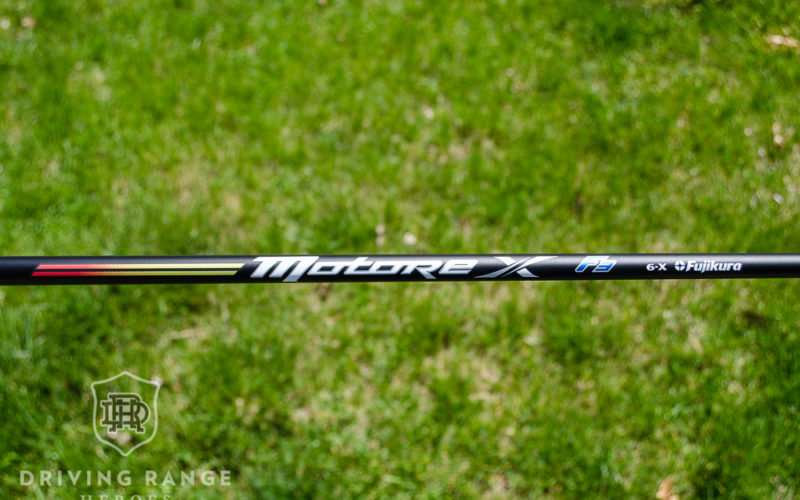


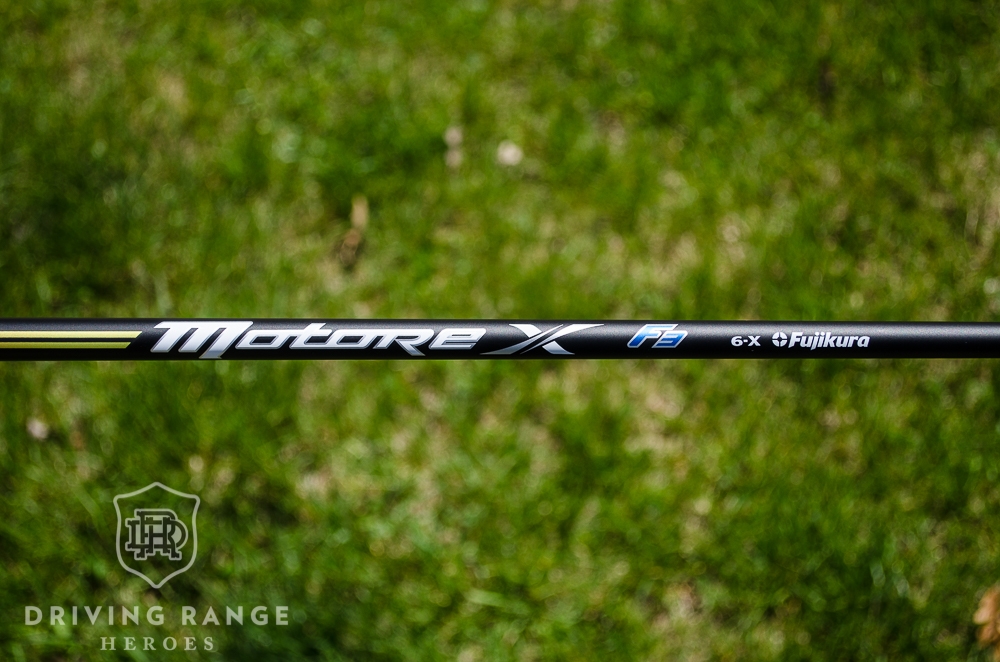


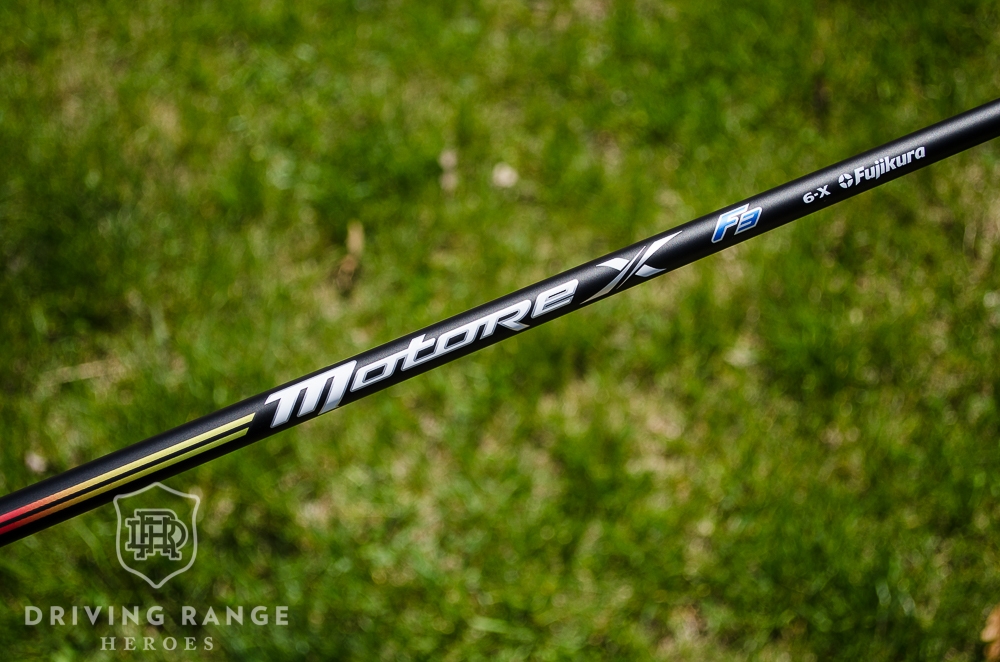
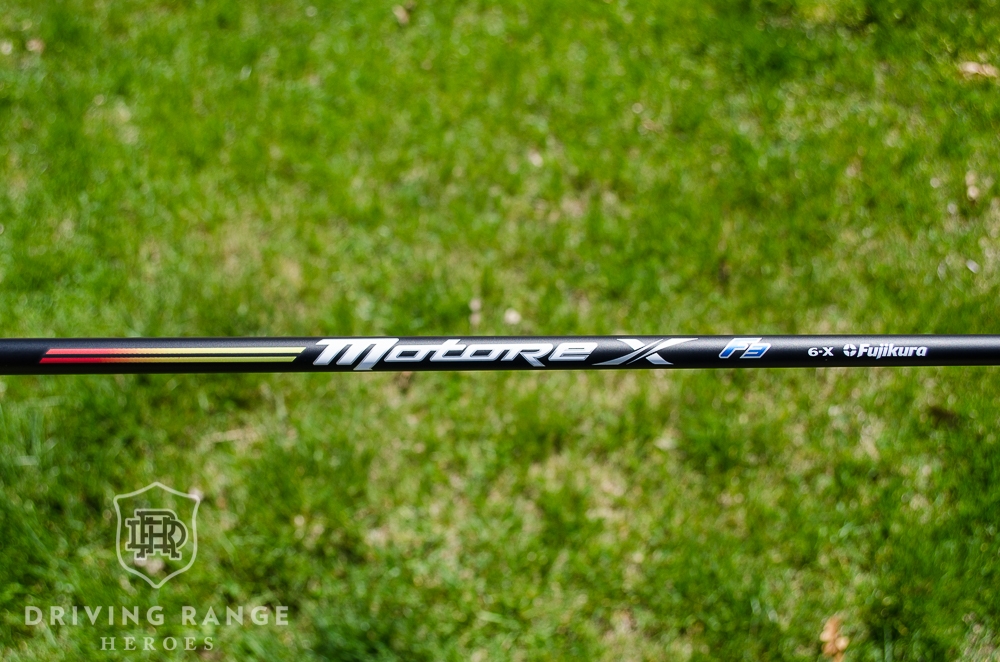
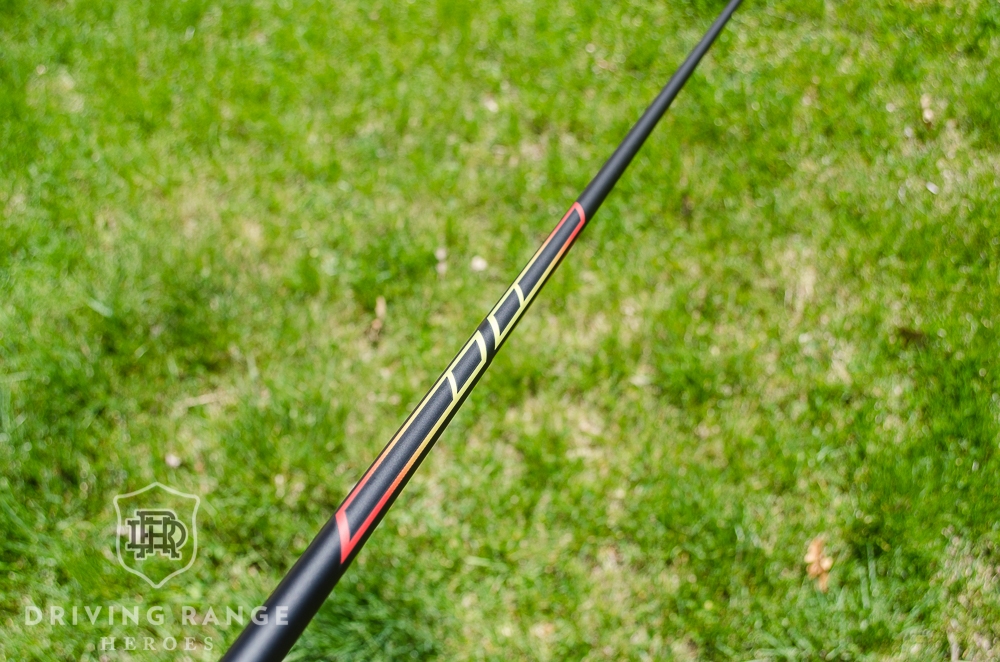
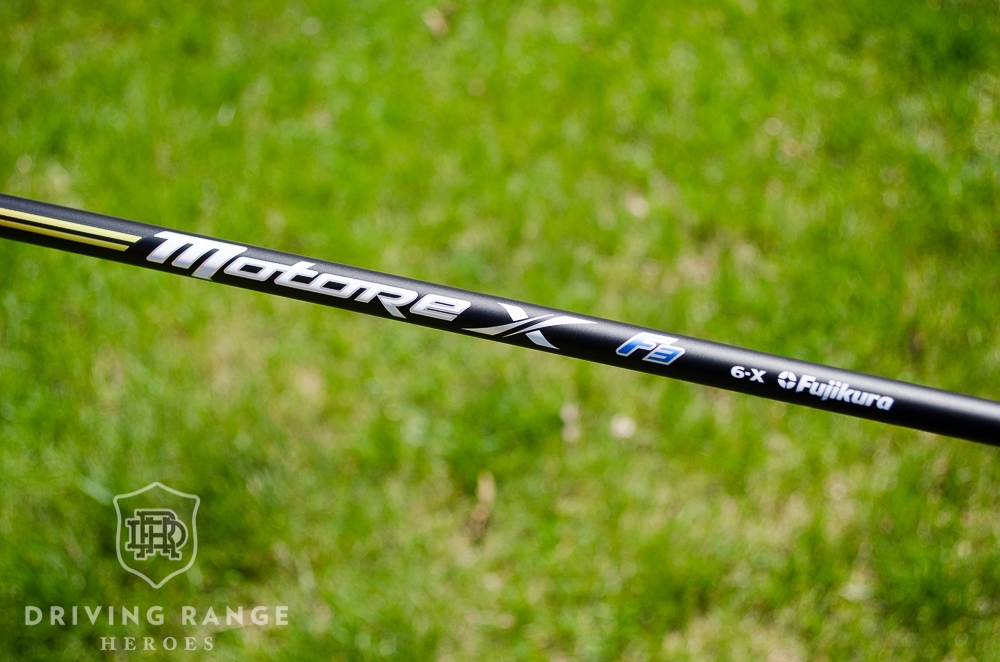




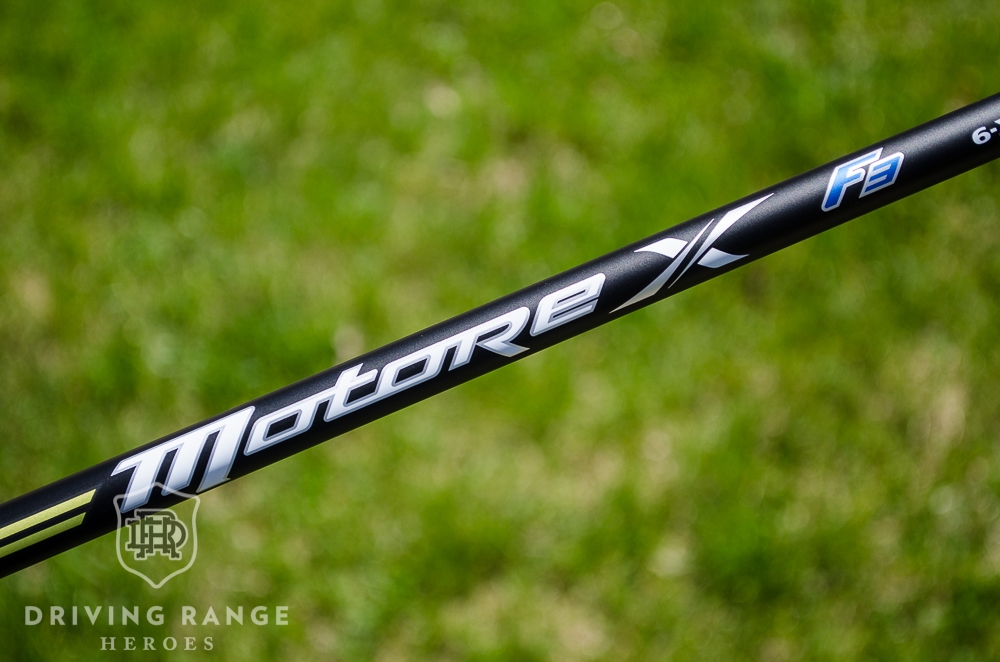
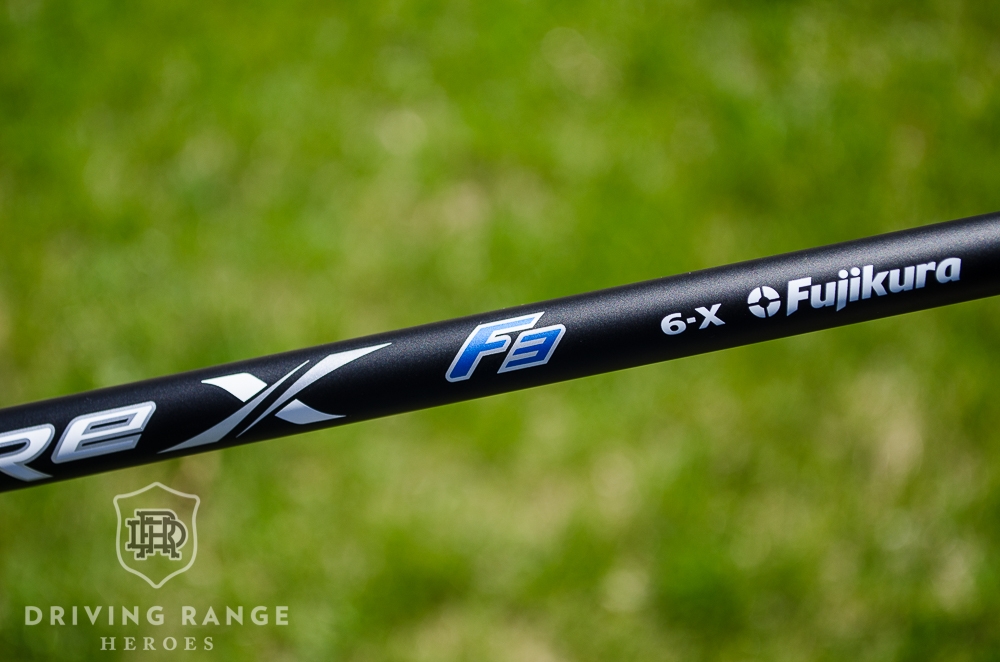
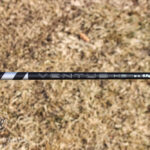
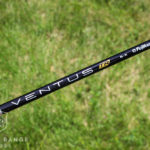
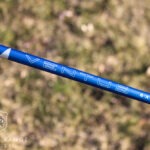
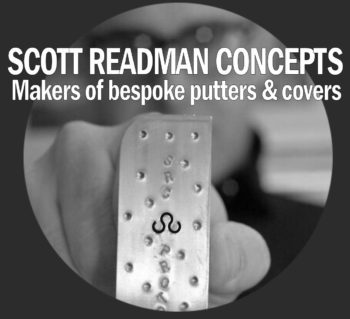











Great article I picked up a x5 r and see a big and better difference from a mitsubishi av raw blue